We had planned our wildlife trip to Tadoba Andhari Tiger Reserve (TATR). TATR comes under Vidarbha region of Maharashtra State in India. It was the peak of summer in 2019 and the month of June. The region at the time was blazing hot and sun-scorched all over. The temperature soared above 46ºc and it was nearly impossible to go out in casual clothes. We had to cover ourselves from top to bottom saving us from sunstroke and preventing further problems.
Early Morning Thrill at Navegaon, Tadoba
The forest entry gates open early in the morning, a little before daybreak. We had to pass through 2 gates to reach the core zone of the tiger reserve. Before entering into the buffer zone, we had to get verified with the permits and documents at Navegaon Gate for the entry. We arrived much earlier than the normal time. It was pitch dark and 2 street lights installed―one at office building and another at entry gate―were the only source of light. We could hear the chirping of Crickets (night dwellers) and also the Nightjars calling from the far distance. The tree under which we waited for the gates to open, was illuminated by the street light and the wild fruits―size of a berry―had created an illusion of a large cluster of stars right above us.
While we waited for the Gypsys to arrive, we observed two men were sleeping on the roof of a building which was the office for entry permits. Inquiring about sleeping on roof, one of them said, we’re in a jungle. Tigers, Leopards, and many others exhibit their presence quite often, around this building during the night. Pointing towards a huge tree at a distance he said, just previous night, he saw a leopard under that tree. Heads turned towards the tree and we started checking its surroundings… it was still dark there and you never know who’s watching you. Open Gypsy allotted to us and we were the first ones to enter the park. We hurried towards the second gate at 5.00 am.
Jungle exploration in the dark
As soon as we entered the first gate, we were welcomed by the “Brown Fish Owl” which was sitting on a tree branch …motionless. The owl did not bother of our presence and stayed in its position, eyes closed as if in deep meditation. We tried to take a clear picture of this beautiful bird, but it was still dark and our camera couldn’t focus on the subject. As soon as our attempts of clicking begun and camera shutter sound increased, the bird took a flight and disappeared without us noticing it.
The forest path in Tadoba is rugged mostly and stony in patches. Bouncing and Jouncing on this rugged track, we sped towards the core zone, raising dust behind us. This path in buffer zone, is accompanied by the dense teak trees on both sides. It stretches long as far as eyes could see, and after a long-distance is covered, it takes a turn towards―now a tall grassland―which used to be a human settlement in earlier times. Forest department has done a commendable job for the villages in the vicinity to re-settle and keep away from the core zones avoiding human-animal conflicts.
Passing these grasslands, we reached the gate in the core zone of the reserve which opens at 5:30am (Timings depend on Sunrise and Sunset).
All the mobile phones were collected in a metal box and locked out so as to prevent us from using it in the park. Mobile networks/frequencies can create problems for our avian friends.
While we were waiting for the gate to open, a striking sound suddenly disturbed the morning peace. The sound was like hard-hitting rapidly on a tree trunk. We all looked in the direction of the sound that was coming and located the tree. In a moment, A hopping “Flame-back Woodpecker” (male) appeared on the tree and was hitting the tree trunk with its spear-like beak. Flame-back Woodpecker also called the Golden-back Woodpecker is a beautiful bird. Male woodpecker has a red coloured crown distinctly visible from its entire body. The bird was hopping up and down and pecking the trunk at small distances. It seemed like, it was looking for a perfect spot where the wood is softer and easy to drill through.
All the documents verified, permits confirmed and we entered the reserve.
Daybreak and Activity started
It was daybreak and we were able to see the activity around very clearly. A distinct forest smell partially mixed up with sun-baked leaves filled up the air. A Sambur hind at a distance, hastily crossed the forest path as we approached towards it. Our progress along this route was slow and noiseless, for the forest dwellers to dissuade from frightening and then running away. About several kilometers, after crossing the second gate, the forest path takes a bend and joins the world of astonishments.
As we crossed the bend and raced further, we saw a movement in the undergrowth―now just branches of bushes due to summer―on the left side. We stopped and kept searching carefully in that direction. The Sloth-Bear cub was trying to cross the path expeditiously but was running back and forth and evidently, perplexed by our presence. Even our slightest movement was holding it back and run backward. Such a shy animal was that. We moved further―a little away from the spot―to make the bear-cub a way to cross the path and have it in our clear vision. It ran immediately towards bushes crossing the path before we were ready to take a photo.
The new spot where we made a way for sloth-bear cub, had a tree along the edge of the forest path. On its branch―which was curving over the path―seated a small owlet with wide-open eyes. Our forest guide Vilas Mama insisted us to move forward to see the tiger and let the owlet enjoy it’s morning solitude!
From here on, the forest path joins another path that runs across and forming T shaped joint with this. The new path runs through the forest, thereby connecting two water-bodies and one of them being the prime lake of this forest. This lake is named after the park’s name i.e. Tadoba Lake. It is surrounded by the dense forest and receives visits from the wild animals invariably. On the lake, at that time was no activity of animals. One Oriental Honey Buzzard was quenching its thirst and a Marsh Crocodile lying in a tree shade along the bank.
Panchdhara, evergreen part of the zone
We continued on the same path and nearly 300 meters from the lake ahead, crossing a small ascent on the route which further cuts through a large gully―densely wooded by the trees and shrubs―formed by the stream of water called “Panchdhara”. There is a Forest Rest House on the hill, facing us, above the gully. Our guide Vilasmama told us, he saw a tiger previous evening in Panchdhara, which later realized as the area’s resident male Matkasur. We anxiously stopped close by, crossing the parched stream and waited to receive any signals/sounds coming from the ravine.
While we were waiting, a pair of Changeable Hawk Eagle or Crested Hawk Eagle was sitting on a tree branch which was on the other side of the track. The tree branch was inclined downwards, female was sitting on the upper side while on the lower side was a male. Female had her mouth open and tongue extruded out most of the time. This particular behavior is observed amongst birds to adjust themselves with the changing temperatures in summer. This act of breathing is called Panting.
Several tourist gypsys passed by, halting for a moment to check and inquire about any activity of animals especially tigers. After an hour of no signs or activity, we raced further, skirting round the Forest Rest House, towards another route which takes us for Yenbudi. This is where Matkasur few days previously was seen, strolling around his territory. In the hope to see an adult tiger, we sped towards one of the waterholes, raising dust behind us as we raced.
Going towards Yenbudi, along the path we saw some activity on the ground. There was a fallen tree with widespread branches and on one of its branch, was a beautiful bird called Navrang – An Indian Pitta. Navrang is “not-so-common” bird to see and is mostly seen in the scrub jungles or densely wooded lands. One can see 9 different shades of colors on this bird hence called “Nav-rang” literally means 9 colors. This is a small-sized bird with strong legs, stout beak and a short tail. Mostly forages on insects on the fallen leaves.
Day Light Photos of Entry Gate: Navegaon
To Be Continued…
Tadoba Diaries, Part 2 – First Encounter →
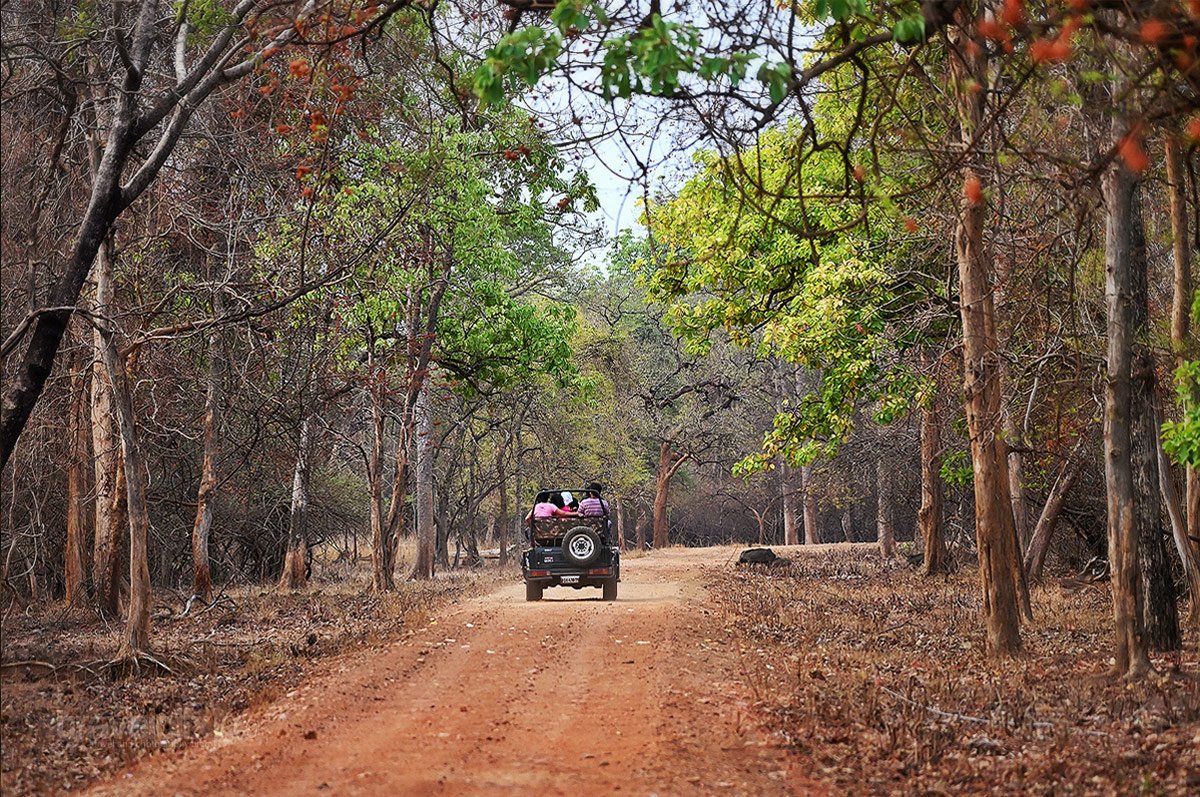




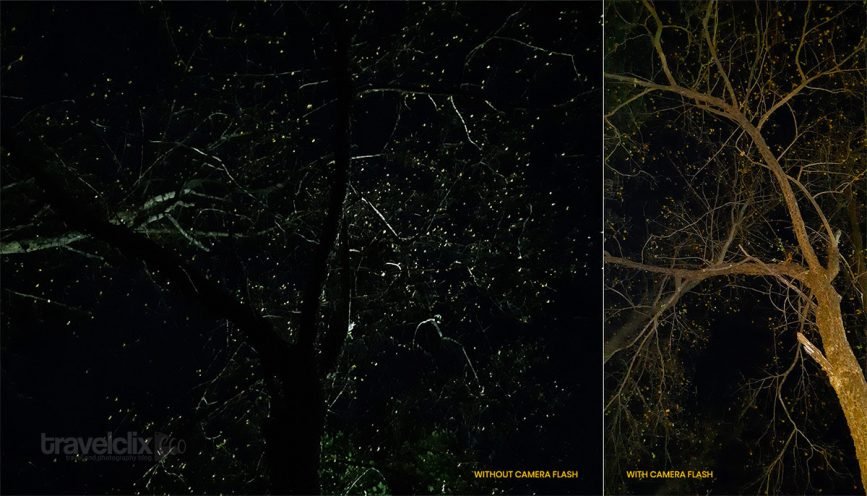
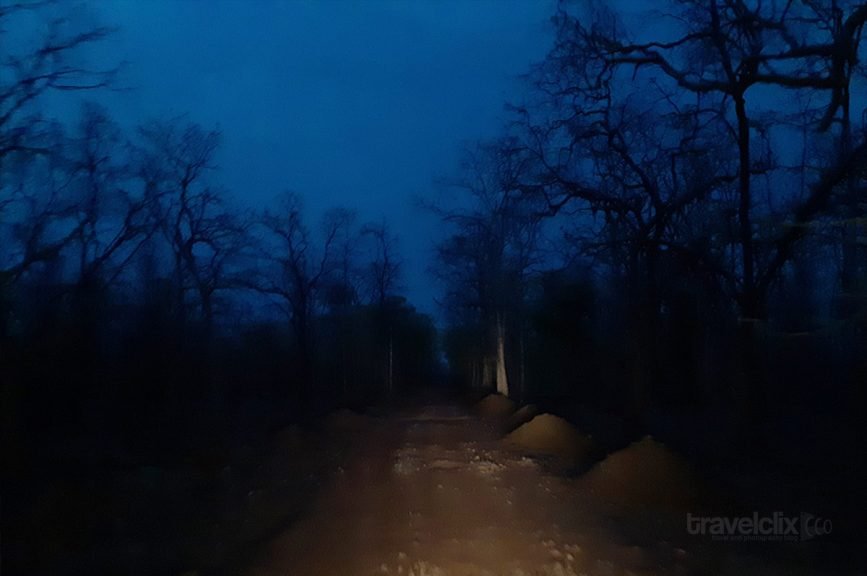
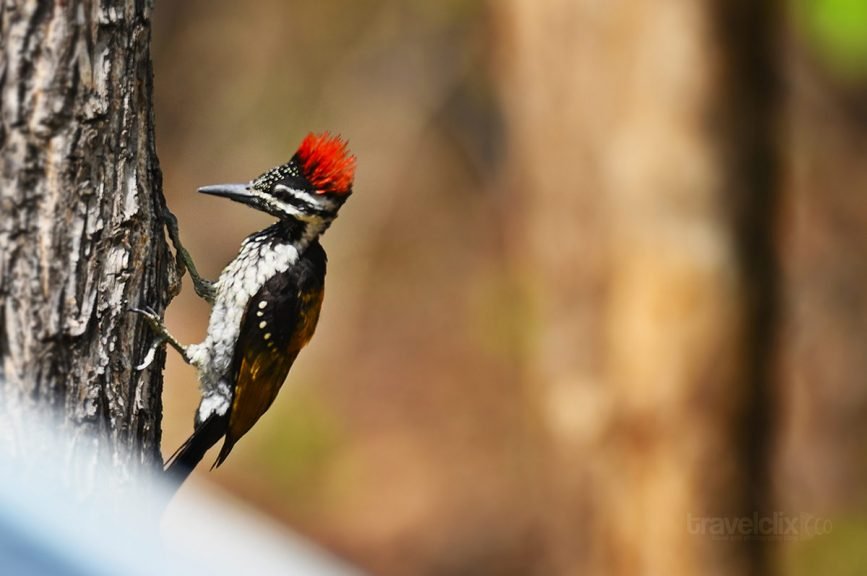
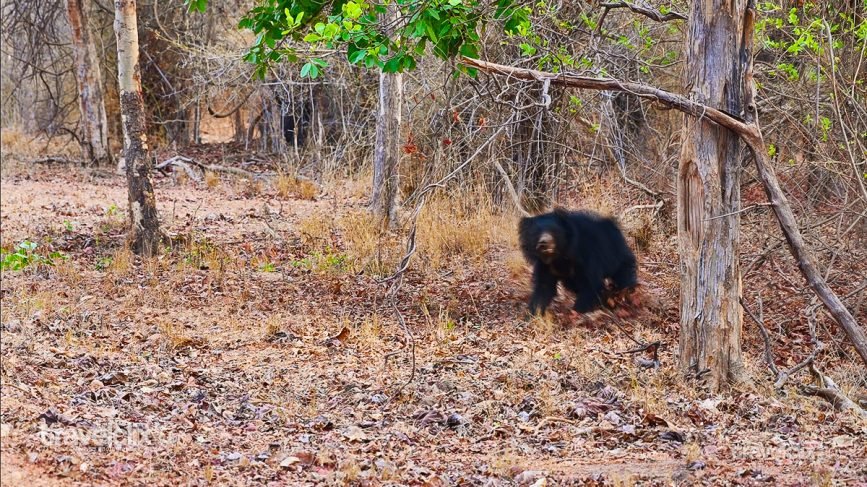
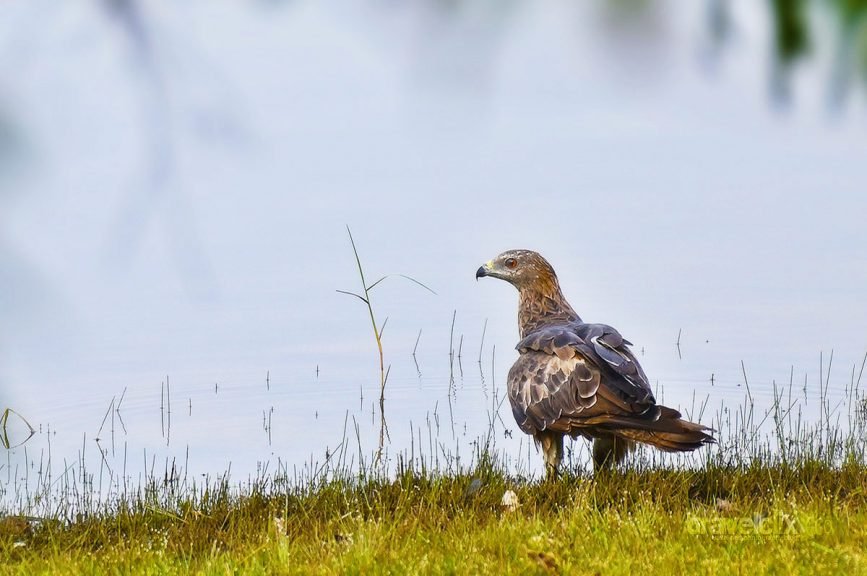
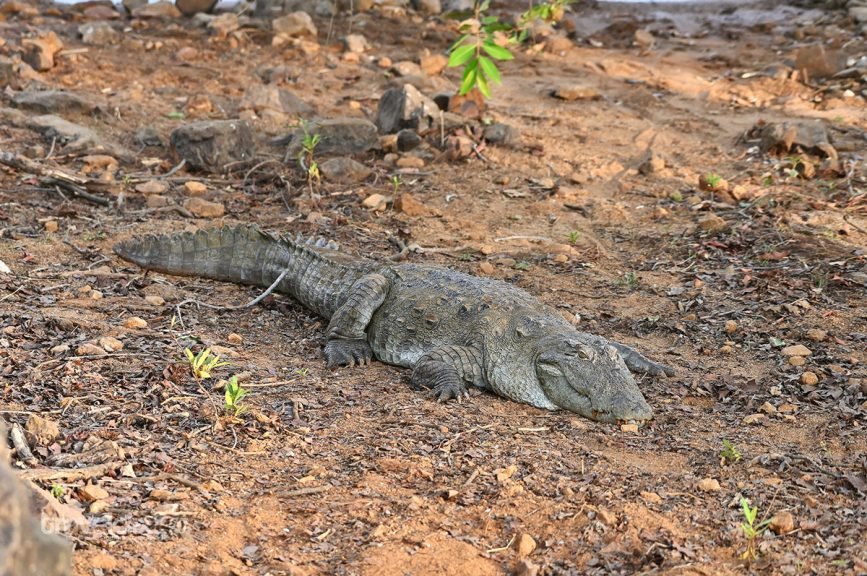
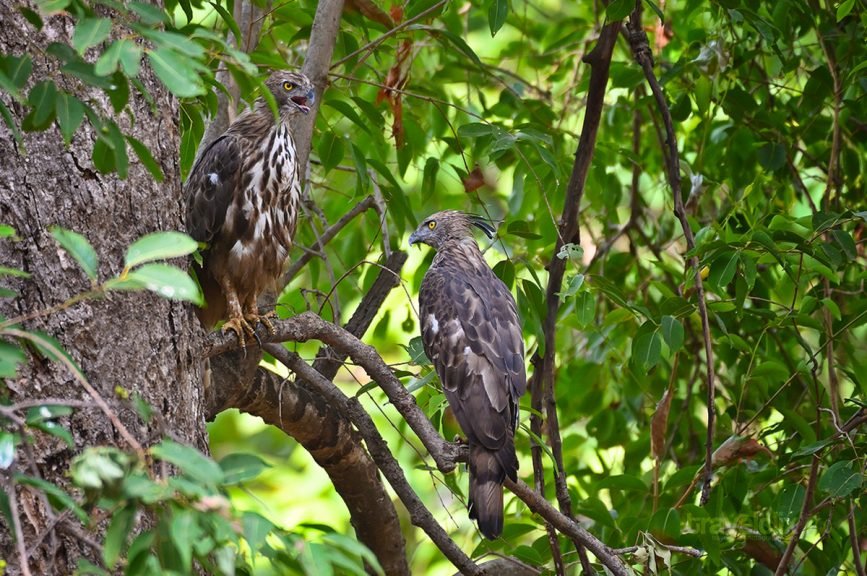
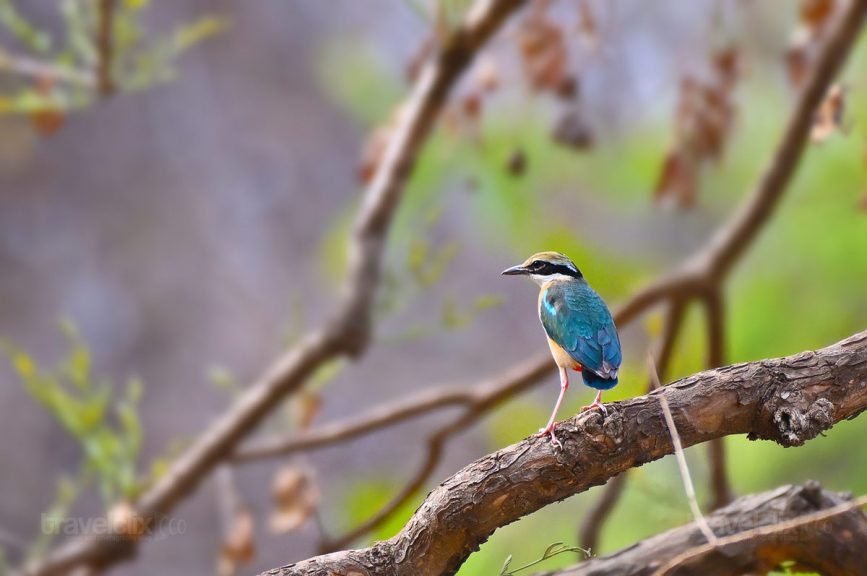
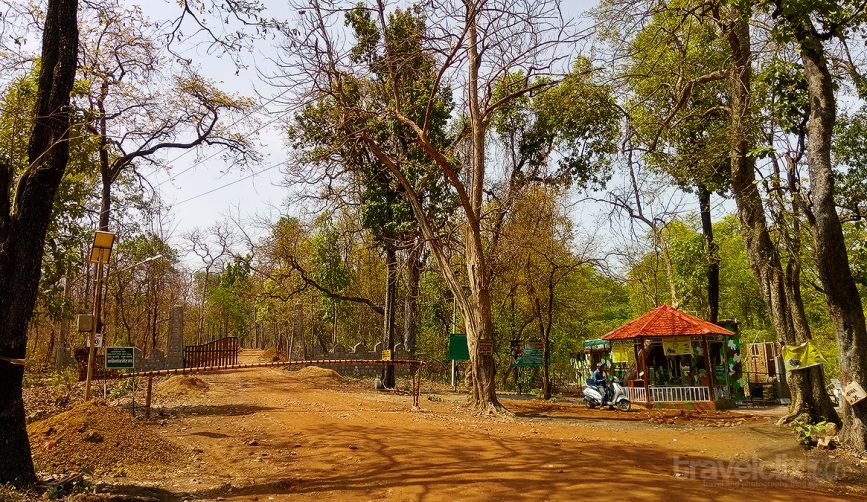
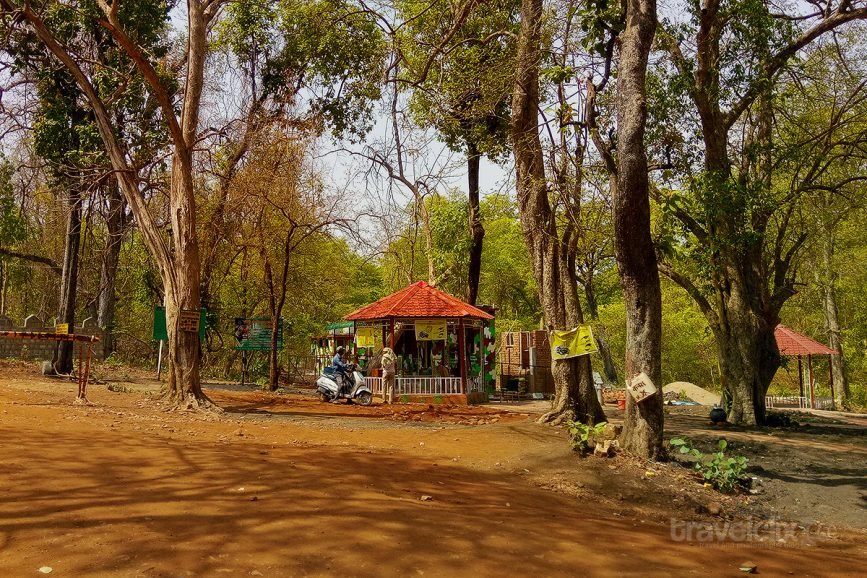
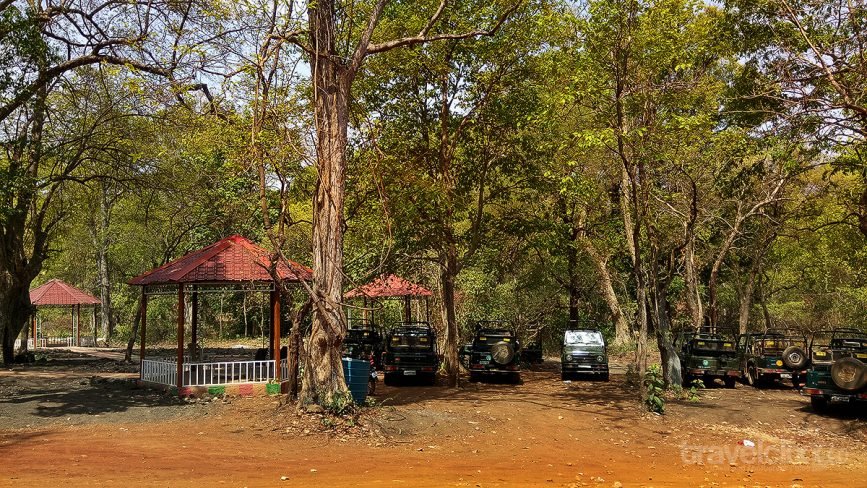


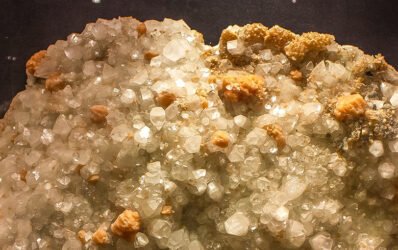

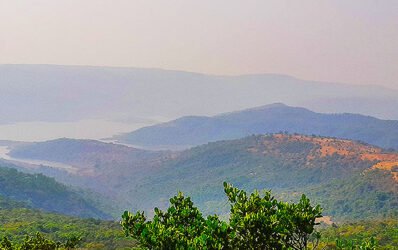
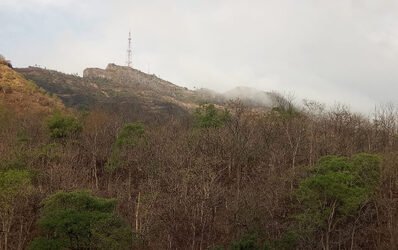
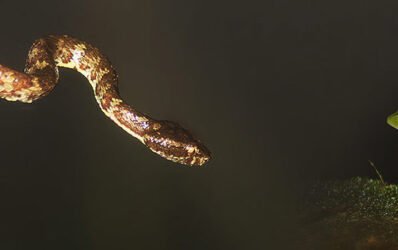
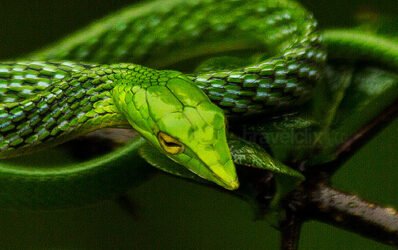
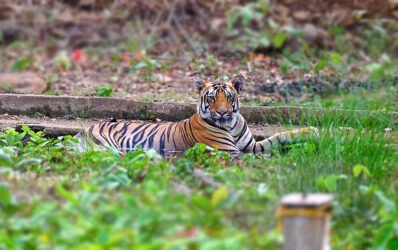
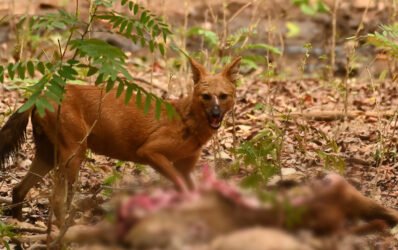
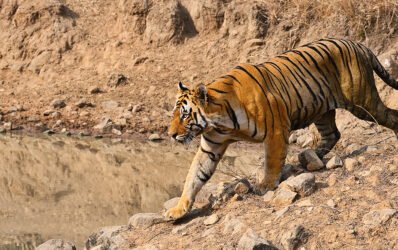
12 Comments
Mayur kulkarni
on October 8, 2021 at 5:30 PM -
Tadoba is a great park
In which type you described it it was truely amazing beauty of nature
Alone from our home to feel the best of our nature.
Your blogs are very helpful and it’s very clear to understand. 💖❤❤💖👍
ADMIN TravelClix
on October 8, 2021 at 5:56 PM -
Thank You Mayur! 🙂 you felt the goodness of nature from our article makes me feel really good!
Smita P
on December 2, 2019 at 10:20 PM -
Very nice pictures and description. Feels. As though I am seeing it live. Thank you for this wonderful blog. Waiting for more.
Kedar Kulkarni
on December 3, 2019 at 7:23 AM -
Thank You Smita! 🙂 Yes please stay connected!
Tejas Soni
on December 2, 2019 at 7:05 PM -
Amazed describe by details and understand to easily your work for travelclix that’s mind blowing all subscribers are satisfied by your channel so keept up dear👍
Kedar Kulkarni
on December 3, 2019 at 7:22 AM -
Thank You Tejas, for your kind words! 🙂
Jasmine
on December 2, 2019 at 11:10 AM -
I am very fond of traveling. Your blog is informative.
ADMIN TravelClix
on December 2, 2019 at 4:58 PM -
Thank You Jasmine 🙂
Nitin Bhise
on December 1, 2019 at 9:32 AM -
Very lucid description of the excursion in Tadoba, with great pics. You have brought it alive to us.
ADMIN TravelClix
on December 1, 2019 at 10:08 AM -
Thank you so much Uncle! – Your words always motivate me 🙂
Hemant Dhawale
on November 30, 2019 at 8:40 PM -
Beautifully discribe. This is the real beauty of Tadoba. Birds, tigers, reptiles, huge tree and pin drop silence of forest. Peaceful heaven.
Love the way you described you journey. I will wait for your next article.
ADMIN TravelClix
on December 1, 2019 at 10:07 AM -
Thank You So Much – Dada! 🙂 – Tadoba is really a heaven and truly rich in diversity! – I appreciate your encouraging words! 🙂